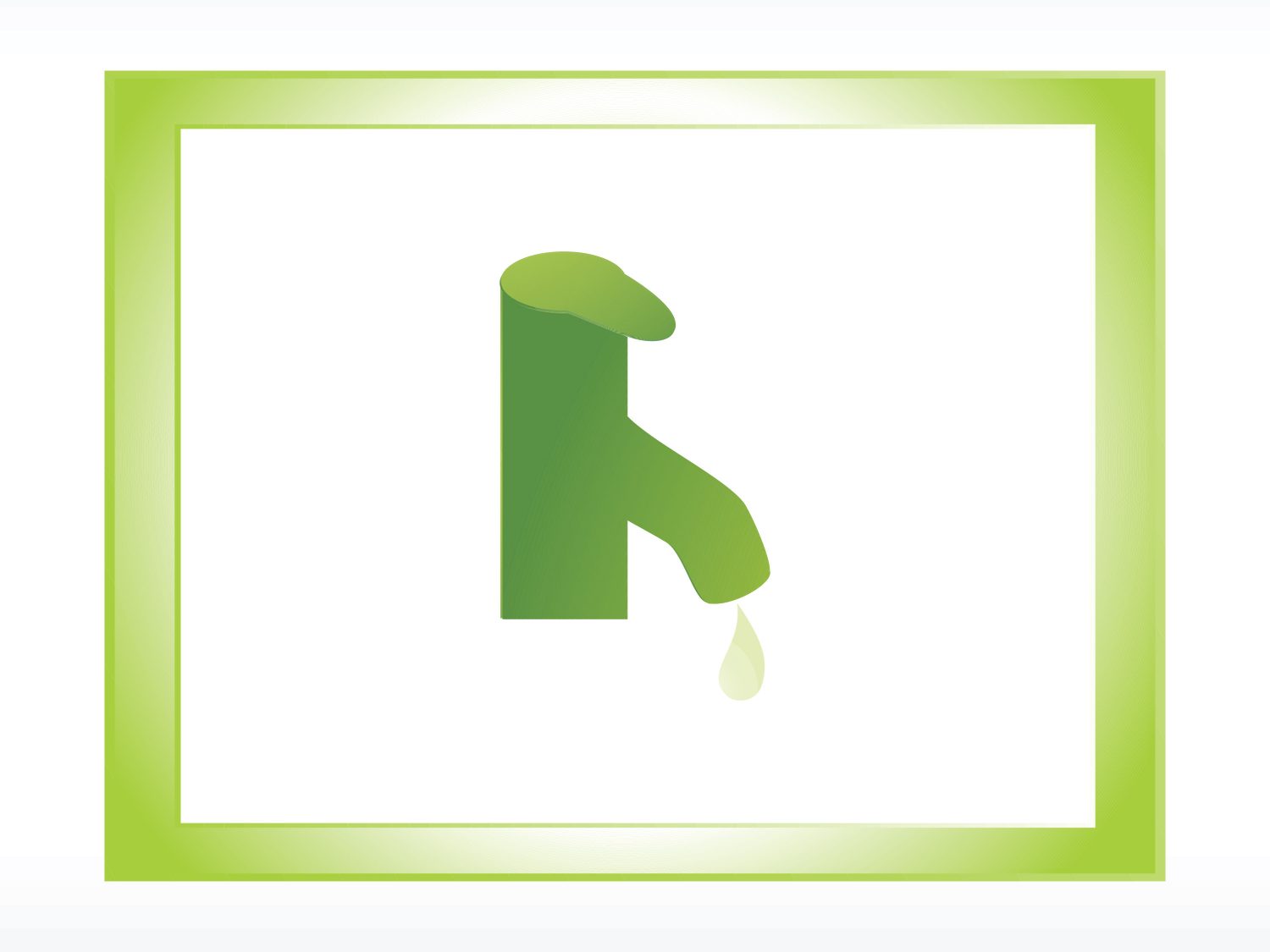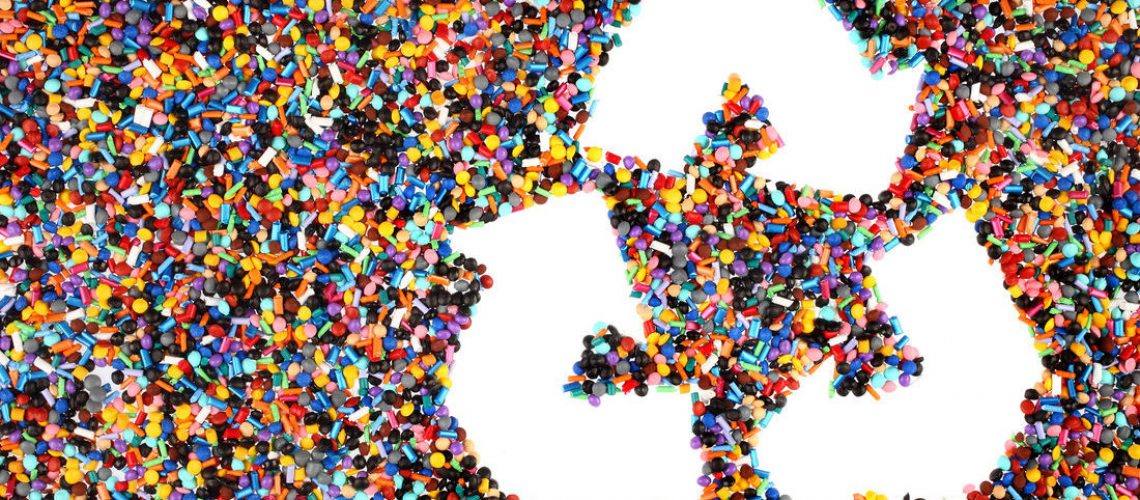Across the globe, there are campaigns to limit our plastic exposure. Banning single-use plastics, reducing plastic in the home, and recycling are a few ways to reduce plastic and reuse the plastic that we already have. These efforts only address the plastic that we can see. There is another type of plastic that’s not so easy to spot, and that’s microplastics. Microplastics may be small in size, but they can have a significant impact on our health and wellbeing by working its way into our food chain.

What are Microplastics?
We’ve already talked about plastic pollution and the devastating effects it can have on our rivers, lakes, and oceans. Plastic takes an eternity to break down. When it does break down, it doesn’t disappear; it merely turns into smaller and smaller pieces. As they reach microscopic sizes, they can maneuver into areas that can have a direct effect on our health.
We now realize how much plastic has infiltrated every area of our lives, including our bodies. We are also only beginning to study and understand the potential health effects of microplastics.
Health Effect of Microplastics
Microplastics in our bodies of water will eventually travel into our drinking water, as well as our food. Fish and other animals consume microplastics, and humans ingest those microplastics in their food. Tiny plastic particles can invade your bloodstream, breakthrough protective membranes into the brain, or to a fetus. That can also cause hormonal and fertility problems in both men and women, and weaken the immune system. Much more research still needs to be done. But what we see so far isn’t positive, so we need to find a way to reduce our exposure to microplastics.
Reducing Exposure to Microplastics
To avoid consuming microplastics, you have to minimize plastic in the home. Try to avoid food wrapped in plastic. Plastic-wrapped foods may contain tiny pieces of plastic that have broken off of the packaging, where they are consumed and ingested unknowingly. Only use plastic containers that are labeled as safe to avoid the risk of microplastics in your food.

Fresh food will contain less microplastic than processed foods that are transported and wrapped in plastic.
Drinking water is another way that we are constantly consuming tiny particles of plastics. However, studies have shown that drinking water from the tap contains much fewer microplastics than drinking bottled water. Use a filter for your tap water to reduce your exposure to microplastics further.
Check your favorite beauty products, especially any scrubs, to make sure that they do not contain microplastics.
Solving the microplastic problems begins with reducing plastic in all areas of our lives. By reducing plastic, reusing the plastic we already have, and recycling whenever possible will reduce the amount of plastic that ends up in lakes, rivers, oceans, and in our bodies.
Recycle your number 1 & 2 plastics at our recycling drop off centers.


